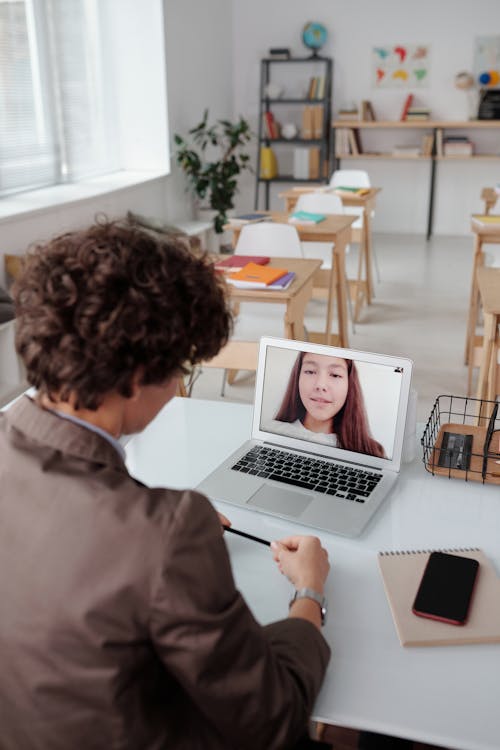Table of Contents

- The flipped classroom is a teaching method where your students are first introduced to the course content and then into the classroom through lectures and video tutorials. The flipped classroom is a learning model that moves much of the teacher-centred learning outside the classroom to free up classroom time for more student-centred learning activities.
- The flipped classroom model is a form of blended learning that involves the use of any internet technology to enhance classroom learning so that teachers can spend more time interacting with students than teaching. The flipped classroom model is based on the idea that traditional learning is flipped, where what is normally done in the classroom is completely reversed or replaced by what students normally do outside the classroom.
Advantages of the Flipped Classroom
A flipped classroom model is colloquially defined as one in which activities traditionally performed by students outside the classroom (such as practising problem-solving) are transferred to the classroom, while what is traditionally done in the classroom (such as exposure, education).
Transmission of the information is carried out outside school hours and before the lesson. Students in a flipped classroom see digitized or online lectures as prerequisites and then spend time in the classroom engaging in active learning such as discussions, peer learning, presentations, projects, problem-solving, math, and group activities. Flipped classroom activities can be specifically designed to teach students valuable intrapersonal and interpersonal skills. Through active learning and teamwork, students will interact more with their peers and your course content than ever before.
Higher Cognitive Learning
When they come to the classroom, they can engage in higher cognitive learning in the presence of their peers and teachers. In traditional learning, lower-level learning, such as memory and comprehension, takes place in the classroom, while students are often left outside the classroom to engage in activities that involve higher-level learning.
While high-performing students are often prepared in the classroom, whether the curriculum is flipped or not, these students thrive on the opportunity to apply their knowledge and teach others. Homework, which students complete as proof of their preparation, can also help teachers and students assess understanding.
Designing of Flipped Courses
When designing flipped courses, it is widely believed that educators should use pre-class tests and assignments to ensure students are ready to participate and benefit from flipped courses. Some educators will even use parts of the flipping model, such as employing active learning strategies during face-to-face meetings, writing down what they think can be corrected, and simply highlighting new material in class.
In order for students to be successful on their own, the videos used in the flipped classroom model must contain different methods like face-to-face lessons, and must also have good sound and image quality so that students can follow them.
By giving students the opportunity to use their new factual knowledge and receive immediate feedback from peers and teachers, flipped classrooms help students learn to correct misunderstandings and organize their new knowledge for easier use in the future. Another theoretical benefit of flipped learning is that flipped learning allows learners to incorporate key information into their long-term memory before class.
Impact of Flipped Learning
The findings suggest that many of us who work with students should try flipped learning. The review found conflicting results on the impact of flipped classrooms on student learning, with some seeing a benefit and others reporting a slight improvement over traditional teaching methods.
In this review, we conducted a meta-analysis of comparative studies of flipped classroom versus traditional instruction to examine the impact of flipped classroom pedagogy on learning outcomes and student satisfaction, and to explore whether specific features of classroom implementation can mitigate this effect.
FAQs
What is flipped learning?
The flipped classroom is a teaching strategy in which students watch video lectures at home and do the work at school. This model reverses the traditional classroom, where students come to class to ask questions and participate in discussions.
What is the ultimate goal for flipped learning?
Flipped learning is a holistic learning strategy whose ultimate goal is to enhance active and collaborative learning. The flipped classroom is a pedagogical approach in which direct learning moves from the group learning spaces to individual learning spaces, and the resulting group space transforms into a dynamic and interactive learning environment where educators guide students in creative ways as they apply concepts and engage in learning.



